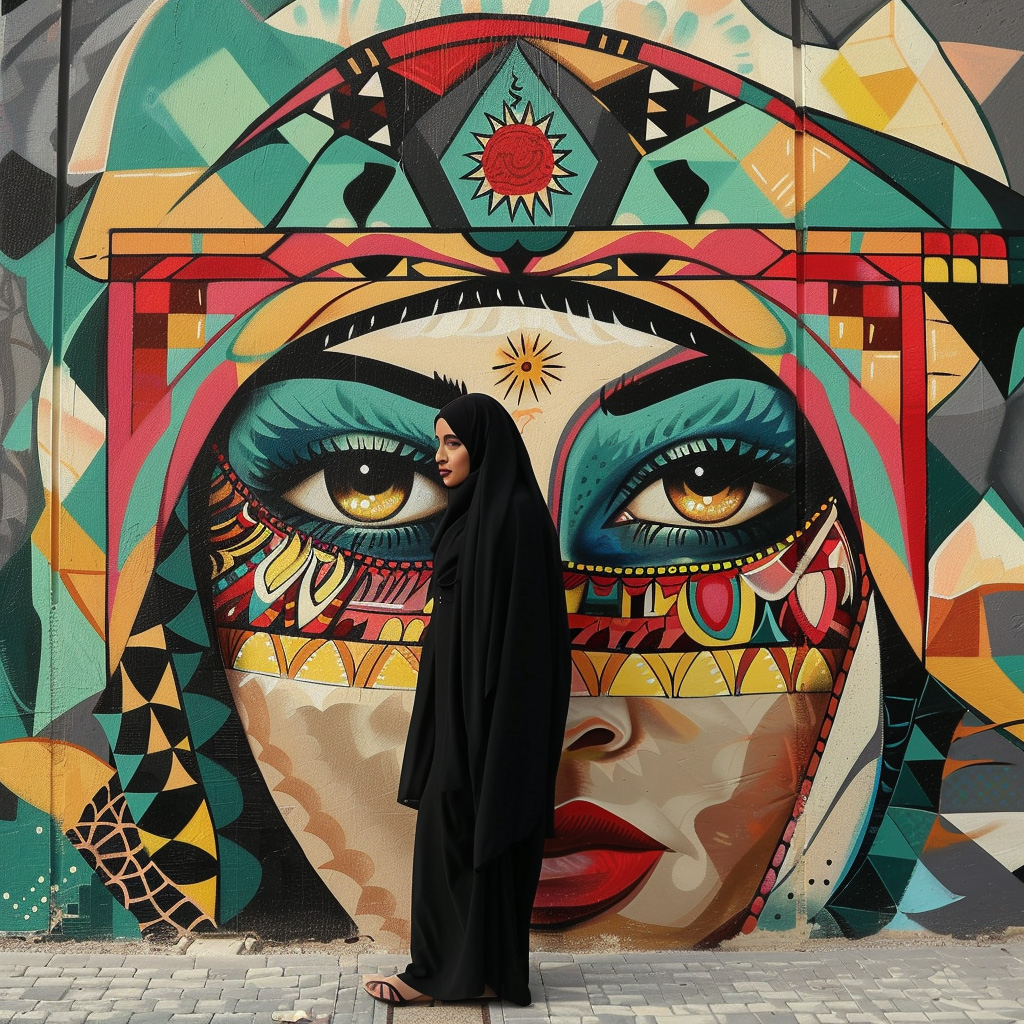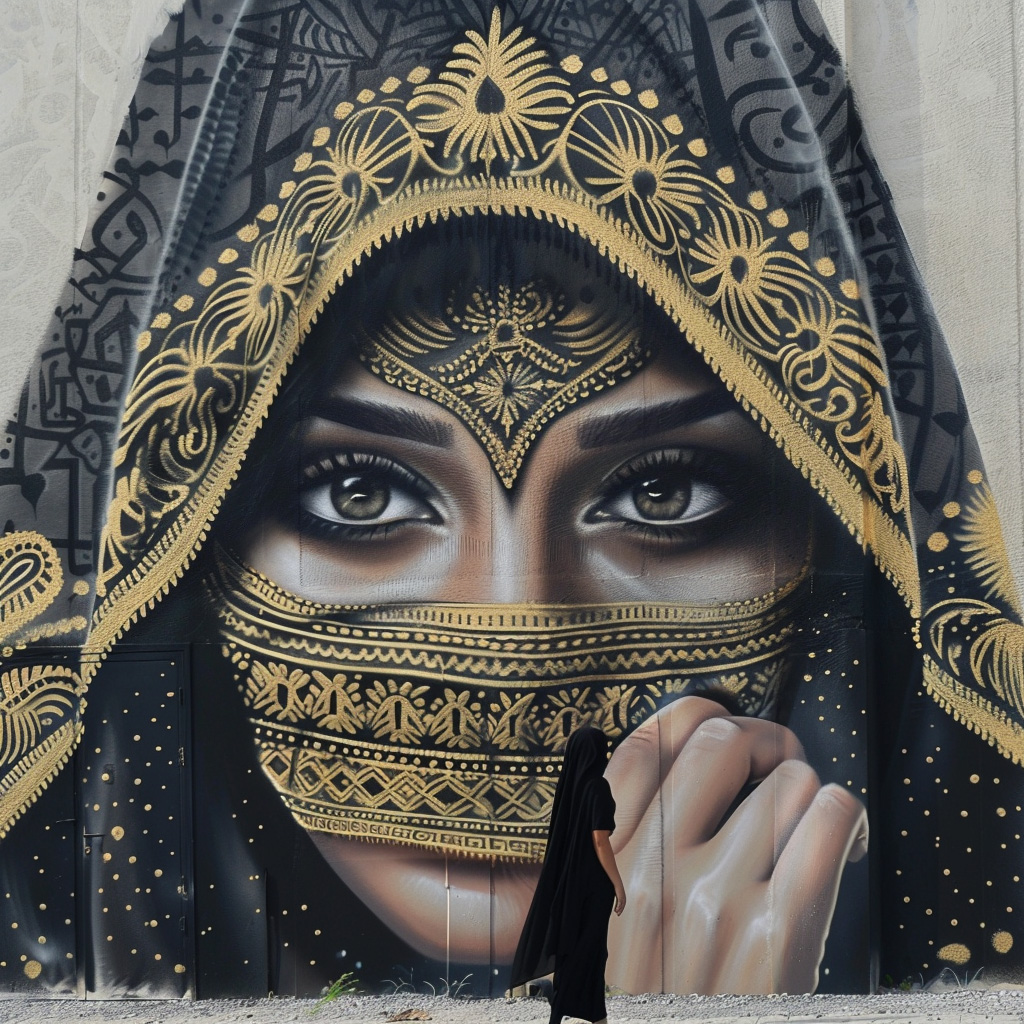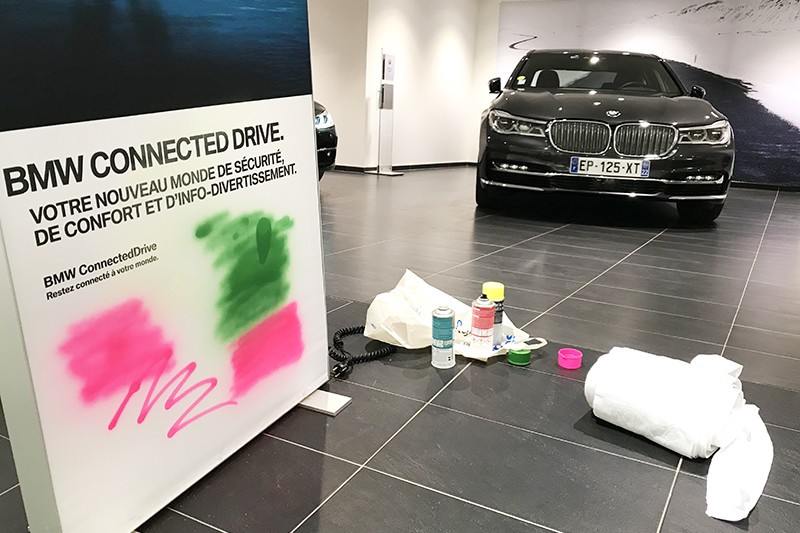This blog post sets out on a captivating journey to unravel the secret behind seamlessly blending age-old Emirati motifs with the dynamic essence of contemporary street art, creating a visually compelling narrative that pulses with cultural significance. As the sun-soaked city of Dubai continues to evolve into a global hub of creativity and innovation, the quest to preserve and celebrate its rich heritage becomes all the more imperative. Imagine the bustling streets of Dubai adorned not just with glitzy skyscrapers and luxurious malls, but also with vibrant murals that pay homage to the deep-rooted traditions of the Emirati people. From the graceful curves of Arabic calligraphy to the intricate geometric patterns inspired by desert landscapes, traditional motifs serve as the guiding stars in this artistic odyssey. Through the lens of graffiti artists who deftly wield their spray cans like modern-day scribes, we embark on a visual exploration that transcends time and space, breathing new life into age-old tales. Join us on this exhilarating quest as we delve into the heart of cultural integration, where the past and present dance in harmony on the canvas of Dubai’s urban jungle.
 Emirati Motifs: Treasures of Tradition
Emirati Motifs: Treasures of Tradition
The Emirati culture is a treasure trove of ancient motifs that have been passed down through generations. These motifs are not just symbols, but they hold deep cultural significance and tell stories of the Emirati people. Integrating these traditional motifs into modern graffiti designs is a way to honor and preserve the rich heritage of Dubai.
One such motif is the falcon, which has long been associated with the Bedouin way of life. The falcon represents strength, courage, and freedom. In modern graffiti designs, artists can incorporate this motif to create powerful visuals that capture the spirit of Emirati culture.
Another iconic motif is the palm tree, which symbolizes resilience and survival in the harsh desert environment. By incorporating palm tree motifs into graffiti art, artists can pay homage to the Emirati people’s ability to adapt and thrive in challenging conditions.
The henna design is another traditional motif that holds great significance in Emirati culture. Henna patterns are often used to adorn hands and feet during special occasions and celebrations. Artists can draw inspiration from these intricate henna designs and incorporate them into their graffiti art to add a touch of elegance and beauty.
 Arabic Calligraphy: A Timeless Art Form
Arabic Calligraphy: A Timeless Art Form
Arabic calligraphy is an art form that has been practiced for centuries in the Arab world. It is not just a form of writing but also a visual expression of beauty and spirituality. Integrating Arabic calligraphy into modern graffiti designs allows artists to infuse their work with cultural depth.
The flowing curves and intricate details of Arabic calligraphy make it a perfect fit for graffiti art. Artists can use Arabic letters or words as design elements in their murals, creating visually stunning compositions that convey both meaning and aesthetic appeal.
One of the most famous calligraphic styles is the Kufic script, known for its angular and geometric forms. Artists can experiment with this style to create bold and impactful graffiti designs that pay homage to Emirati culture.
Arabic calligraphy also offers artists the opportunity to incorporate meaningful messages into their graffiti art. They can choose verses from the Quran or quotes from Emirati poets to add depth and significance to their work.
Desert Landscapes: Inspiring Geometric Patterns
The vast desert landscapes of Dubai have long been a source of inspiration for artists. The geometric patterns found in the sand dunes, oasis formations, and traditional architecture offer a rich visual vocabulary that can be integrated into modern graffiti designs.
Artists can use geometric shapes such as triangles, squares, and hexagons to create intricate patterns that mimic the beauty of desert landscapes. These patterns not only add visual interest but also serve as a reminder of Dubai’s natural heritage.
The play of light and shadow in the desert can also be incorporated into graffiti art. Artists can use shading techniques to create depth and dimension in their murals, evoking the ever-changing nature of the desert environment.
Fusion of Tradition and Modernity in Graffiti Designs
Graffiti art is often associated with urban culture and contemporary aesthetics. However, by integrating traditional Emirati motifs into graffiti designs, artists can bridge the gap between tradition and modernity, creating a unique fusion that celebrates both.
One way to achieve this fusion is by using traditional motifs as a backdrop for more modern elements. For example, an artist could paint a mural featuring a falcon motif with vibrant colors and abstract shapes in the background, creating a visually striking composition that blends the old and the new.
Another approach is to incorporate traditional motifs into graffiti characters or figures. Artists can create stylized representations of Emirati men and women adorned with henna patterns or wearing traditional clothing, infusing their work with cultural symbolism.
 Concluding Reflections: Preserving Emirati Culture in Graffiti
Concluding Reflections: Preserving Emirati Culture in Graffiti
The integration of traditional Emirati culture into modern graffiti designs is not just about creating visually appealing art. It is a way to preserve and celebrate the rich heritage of Dubai, ensuring that future generations continue to appreciate and embrace their cultural roots.
Graffiti artists have a unique opportunity to contribute to the cultural landscape of Dubai by using their skills to tell stories, convey messages, and inspire dialogue. By incorporating traditional motifs, Arabic calligraphy, desert landscapes, and a fusion of tradition and modernity into their work, they can create powerful visual narratives that resonate with both locals and visitors alike.
As Dubai continues to evolve as a global hub of creativity and innovation, it is essential to remember the importance of preserving cultural identity. The integration of traditional Emirati culture into modern graffiti designs is just one way to ensure that the past remains alive in the present, creating a vibrant tapestry that reflects the spirit of Dubai’s urban jungle.
Related Posts
17 mai 2023
Elevating food courts: the impact of art murals in Dubai
In Dubai's competitive food court…


